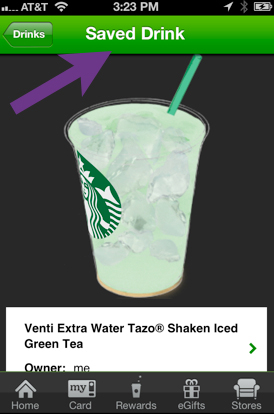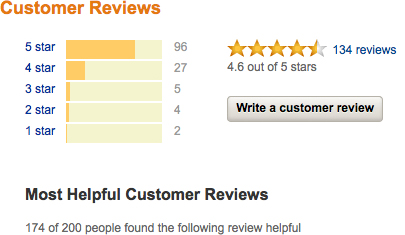The core of neurodesign lies in understanding who the target user is in detail—not just making assumptions. Neurodesign requires that you do behavioral and contextual research before making decisions about a project’s key priorities. By conducting non-judgmental, non-leading interviews at the beginning of a project, team members can gain true customer insights from the positive and negative experiences of the customer. By doing neurodesign research, both a business and its design team can increase their empathy for users.
Understanding the Human Brain
Observing the customer journey, it is possible to analyze what is going on for users at a cognitive level and recognize opportunities for improvement. The brain comprises three major parts: the brain stem, or croc brain; the limbic system, or emotional brain; and the neocortex, or logical brain. Of these three brains, it is the prefrontal cortex within the neocortex that differentiates humans from any other species. This is the brain that understands text, logic, rationalization, and complex emotion. It is also the baby brain.
The brain stem is 300 million years old and regulates base functions like breathing, safety, and core body functions. The limbic system is 200 million years old and is the hub of reactive functions like emotions. The neocortex is a mere 200,000 years old, interprets conscious thought, and introduces logic. The prefrontal cortex, the human brain, is only 30,000 years old and is what differentiates humans from other species, because it gives us reason and intellect. The two older brains respond only to non-verbal cues and don’t understand text.
So, given that the majority of our brain reacts to stimuli other than text, why do so many companies focus solely on the textual content on their site rather than on how their site sets up exchanges of energy and information?
Every second, our senses are scanning over 11 million bits of information, but only 40 of those bits are in the conscious realm. Thus, it is not logic and reasoning that decide what constitutes a good customer experience. Using neurodesign, a company has the ability to create experiences that cater to our older brains and make people not only think, but feel good.
Starbucks: An Example of Successful Neurodesign
The Starbucks mobile app, shown in Figure 1, does a good job of appealing to multiple senses to bring enjoyment to its users. It lets users pay for their orders through a scan of their phone, using a pre-paid account. By understanding contextually how users take advantage of technology, Starbucks has managed to create an application that uses multiple senses to trigger connections with our older brains. Think about it. Users make their order verbally, then physically reach into their pocket and scan their payment, Customers already have a relationship and even an emotional connection with Starbucks because they have previously filled their card. These triggers create a connectedness to the brand and improve the customer experience.

The Starbucks app also allows customers to store a list of their favorite drinks in their phone. This personalization gives people a feeling of ownership over their choices and assures them with certainty that they’ve made their order correctly. Once they’ve set up this list of their personal favorites, they can place an order wirelessly ahead of time, then go to the head of the line at Starbucks to pick up their drink, saving them time and giving them social aggrandizement or status.
In addition to accessing the senses, Starbucks has also addressed some of the basic human conditions that motivate our social behaviors.
The SCARF Theory
In 2008, David Rock, cofounder of the NeuroLeadership Institute and editor of the NeuroLeadership Journal developed the SCARF theory. The model that he describes in his article, “Your Brain at Work,”PDF![]() proposes that the first motivation of social interaction is to minimize threats and maximize rewards—the old fight or flight analysis. The second motivation for social interaction is to draw upon the same neural networks that regulate our primary survival needs. He concludes that the human need for social interaction is as necessary as that for food and water.
proposes that the first motivation of social interaction is to minimize threats and maximize rewards—the old fight or flight analysis. The second motivation for social interaction is to draw upon the same neural networks that regulate our primary survival needs. He concludes that the human need for social interaction is as necessary as that for food and water.
According to the SCARF theory, the brain constantly looks for five key things:
- status—our importance relative to others
- certainty—the ability to predict the future
- autonomy—having a sense of control over events
- relatedness—feeling a sense of being safe with others
- fairness—the perception of fair exchanges between people
When products or services fulfill these basic needs, users have a great experience.?When companies consider these needs as they design an application, they have an opportunity to better connect with users.




